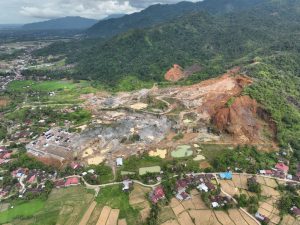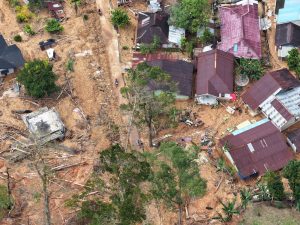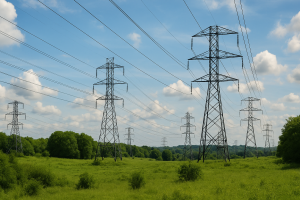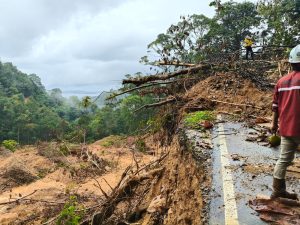Jakarta – The government is set to accelerate the energy transition through the construction of 47,758 circuit kilometres (kms) of electricity networks, as outlined in the 2025-2034 Electricity Supply Business Plan (RUPTL).
“We have programmed NRE (new and renewable energy), but there is no network. This is a big problem. Without a network, we cannot use clean energy to its full potential,” said Minister of Energy and Mineral Resources (MEMR), Bahlil Lahadalia, in an official statement, Saturday, 31 May.
The focus of this development is to channel power from NRE plants into the national electricity system, enabling it to reach end customers in various parts of Indonesia. The transmission network will serve as the backbone for expanding the interconnection of NRE plants with PLN substations and distribution systems to households, while supporting the renewable energy mix target of 23 per cent by 2025.
Java will have the longest transmission network
In the development plan that is divided into all regions, the Java-Madura-Bali (Jamali) region will have the longest transmission network, which is 13.9 thousand kms. Meanwhile, Sumatra will be built along 11.2 thousand kms, Kalimantan 9.8 thousand kms, and Sulawesi 9.0 thousand kms.
To support electricity in the eastern region, the government has decided to build a 3,900 kms network in Maluku, Papua, and Nusa Tenggara. The project aims to strengthen the reliability of electricity supply and accelerate energy equity in underdeveloped regions.
“This transmission is the main foundation for bringing renewable electricity to all parts of Indonesia. So this is not an ordinary project, but vital infrastructure,” Mr Bahlil said.
Substations and hundreds of trillions in investment
In addition to the transmission network, an additional 107,950 megavolt-ampere (MVA) substations will also be built to support the increase in national electricity system capacity. All of these transmission and substation projects are projected to open investment opportunities totalling Rp565.3 trillion during the RUPTL period. The government projects that around 881,132 workers will be absorbed in the manufacturing, construction, operation and maintenance of electricity infrastructure.
Bahlil emphasised the importance of maximising the use of the Domestic Content Level (TKDN) in this project, so that the economic benefits are felt directly by the national industry.
“I ask that there should be no imports. We have domestic industrial capacity that must be utilised. This big market should not be given to outsiders; this is an opportunity for the country,” said Bahlil.
According to him, with a transmission and substation development budget that could reach Rp400 trillion to Rp500 trillion, strengthening the national industry is key so that economic growth can be accelerated evenly. (Hartatik)
Banner photo: shutterstock















